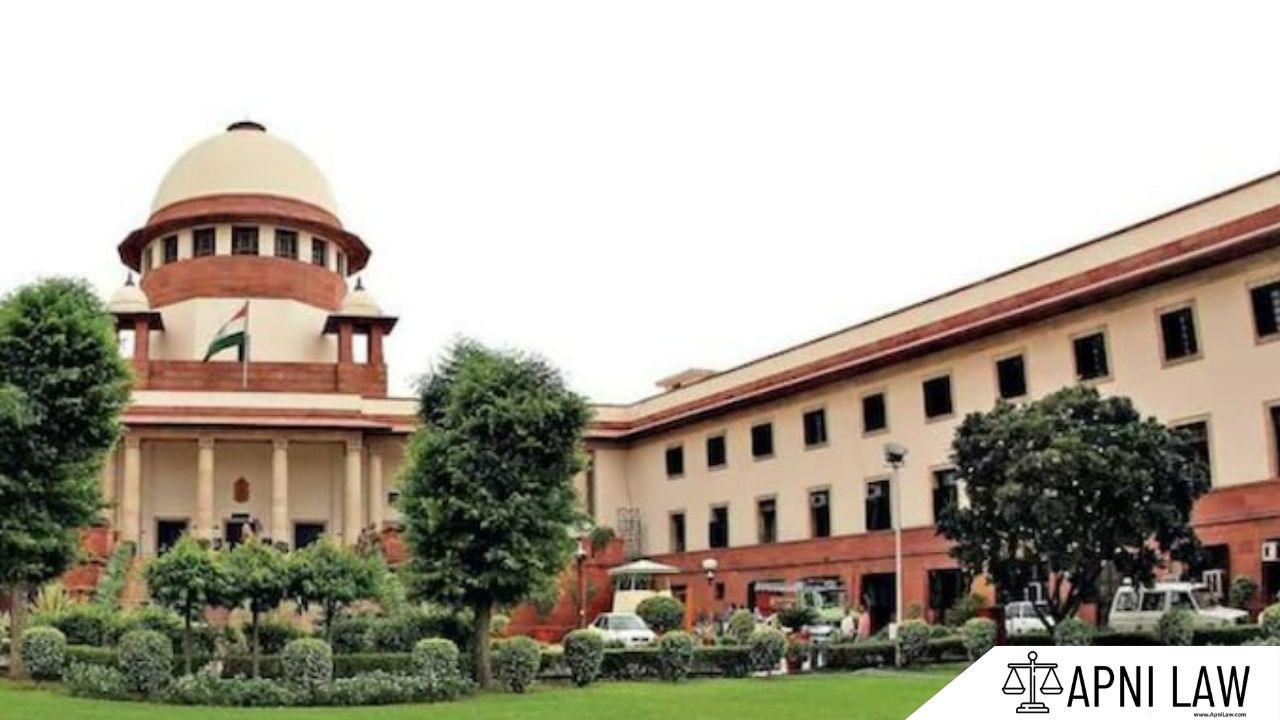Introduction
The framers of the Indian Constitution understood that a nation cannot progress if its children are deprived of education, health, and dignity. With this vision, they included Article 24 of the Indian Constitution, which prohibits the employment of children below the age of 14 years in factories, mines, and other hazardous occupations. This provision recognized that childhood should not be spent in sweatshops or dangerous workplaces but in schools, homes, and playgrounds.
Child labour has been a harsh reality in India, particularly among families with low income who often depend on children’s wages for survival. Article 24 stands as a safeguard, ensuring that economic pressures do not force children into unsafe and exploitative work. Over the years, courts, legislations, and social movements have expanded the scope of this Article, making it a cornerstone of child rights in India.
Meaning and Scope of Article 24
Article 24 states clearly: “No child below the age of 14 years shall be employed to work in any factory or mine or engaged in any other hazardous employment.”
The scope of this Article is specific, t does not prohibit all forms of child work but targets hazardous industries where health, safety, and development of children are at risk. For example, children cannot be employed in chemical factories, mining activities, or industries like fireworks and match-making.
This provision works in harmony with Article 21A (Right to Education), which mandates free and compulsory education for children between 6 and 14 years. Together, they ensure that children spend their early years gaining education rather than being forced into labour.
Historical Background of Child Labour in India
Child labour in India dates back centuries and was often linked to poverty and traditional occupations. Children from disadvantaged families were pushed into factories, fields, or small industries at a very young age. During colonial times, industries like textiles, match factories, and plantations employed thousands of children in unsafe conditions.
The Constituent Assembly recognized that this cycle of poverty and exploitation had to be broken. By enacting Article 24, the framers gave children the right to protection and paved the way for future laws to eliminate hazardous child labour.
Key Judicial Decisions on Article 24
The judiciary has played a significant role in strengthening Article 24. In M.C. Mehta v. State of Tamil Nadu (1991), concerning child labour in match and fireworks factories, the Supreme Court directed the state to take steps to regulate working conditions and gradually phase out child labour. The Court emphasized that children belong in schools, not in hazardous industries.
Similarly, in People’s Union for Democratic Rights v. Union of India (1982), the Court connected the prohibition of child labour with the broader right to life and dignity under Article 21. These judgments reflect the Court’s effort to interpret Article 24 in a way that ensures real protection for children.
Legislation Supporting Article 24
While Article 24 sets the constitutional principle, laws provide the framework for implementation. The Child Labour (Prohibition and Regulation) Act, 1986, was one of the first major legislations that prohibited children under 14 from working in hazardous occupations. Later, amendments in 2016 expanded the law by banning the employment of children below 14 in all occupations, while also regulating adolescent labour (14–18 years) in hazardous industries.
Other supportive laws include the Factories Act, 1948, and the Mines Act, 1952, which restrict child employment in dangerous environments. These legislations give teeth to Article 24 by ensuring penalties for violations.
Contemporary Challenges of Child Labour
Despite constitutional guarantees and strong laws, child labour has not disappeared from India. Poverty, lack of access to quality education, and demand for cheap labour continue to fuel the problem. Children are still found working in industries like bangle-making, carpet weaving, and even in domestic households.
The rise of informal and unregulated sectors poses new challenges. Many children work outside the scope of legal monitoring, making enforcement difficult. While Article 24 lays the foundation, effective implementation requires stronger governance, social awareness, and economic support for vulnerable families.
Link with Right to Education
Article 24 cannot be fully understood without its connection to Article 21A, which provides the Right to Free and Compulsory Education for children aged 6 to 14. Together, these provisions ensure that children are protected from hazardous labour and encouraged to attend school.
Education is not only a legal right but also the most powerful tool to break the cycle of child labour. By mandating education and prohibiting hazardous labour, the Constitution ensures that children are given opportunities for growth, dignity, and empowerment.
Importance of Article 24 in Modern India
Article 24 remains crucial even today. In a globalized economy, children are vulnerable to exploitation in new sectors such as online gig work or unregulated small-scale industries. Without Article 24, such exploitation could go unchecked.
Moreover, Article 24 reinforces India’s commitment to international conventions like the ILO Convention on Child Labour and the UN Convention on the Rights of the Child. It aligns India’s domestic law with global human rights standards, ensuring that children are seen as rights holders, not cheap labour.
Frequently Asked Questions
1. What does Article 24 prohibit?
Article 24 prohibits the employment of children below 14 years of age in factories, mines, or any hazardous industries.
2. Does Article 24 ban all child labour?
No, Article 24 bans hazardous child labour. However, children may still work in non-hazardous family enterprises, though subsequent laws like the Child Labour (Prohibition and Regulation) Amendment Act, 2016, have expanded restrictions.
3. Why is Article 24 important in India today?
Article 24 is vital because child labour continues to exist in many sectors. It ensures that children are not exploited and are instead given access to education, safety, and dignity.
Conclusion
Article 24 of the Indian Constitution is a cornerstone of child rights in India. By prohibiting the employment of children in hazardous occupations, it protects them from exploitation and ensures their right to a safe and dignified childhood. Supported by laws and judicial interpretations, Article 24 complements the Right to Education to ensure that children’s energies are directed toward learning and development rather than survival through labour.
Although challenges remain, the spirit of Article 24 continues to inspire India’s fight against child labour. It is a reminder that the future of the nation depends on the protection and empowerment of its children.
For any specific query call at +91 – 8569843472








